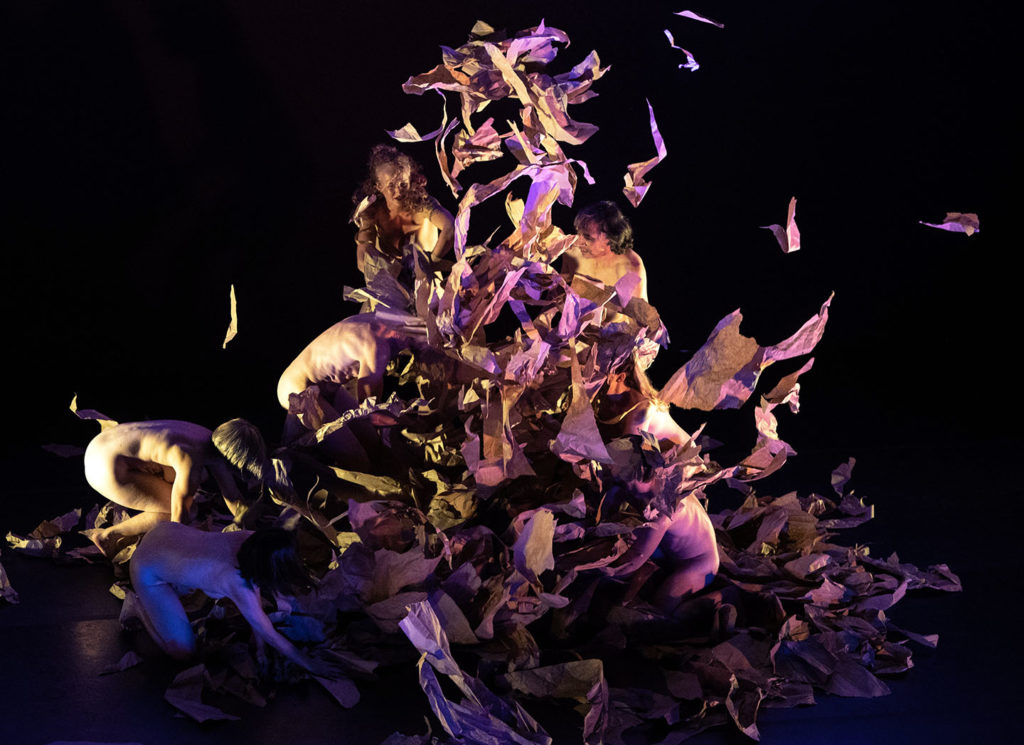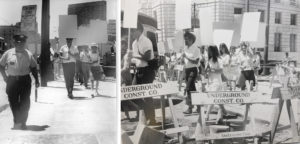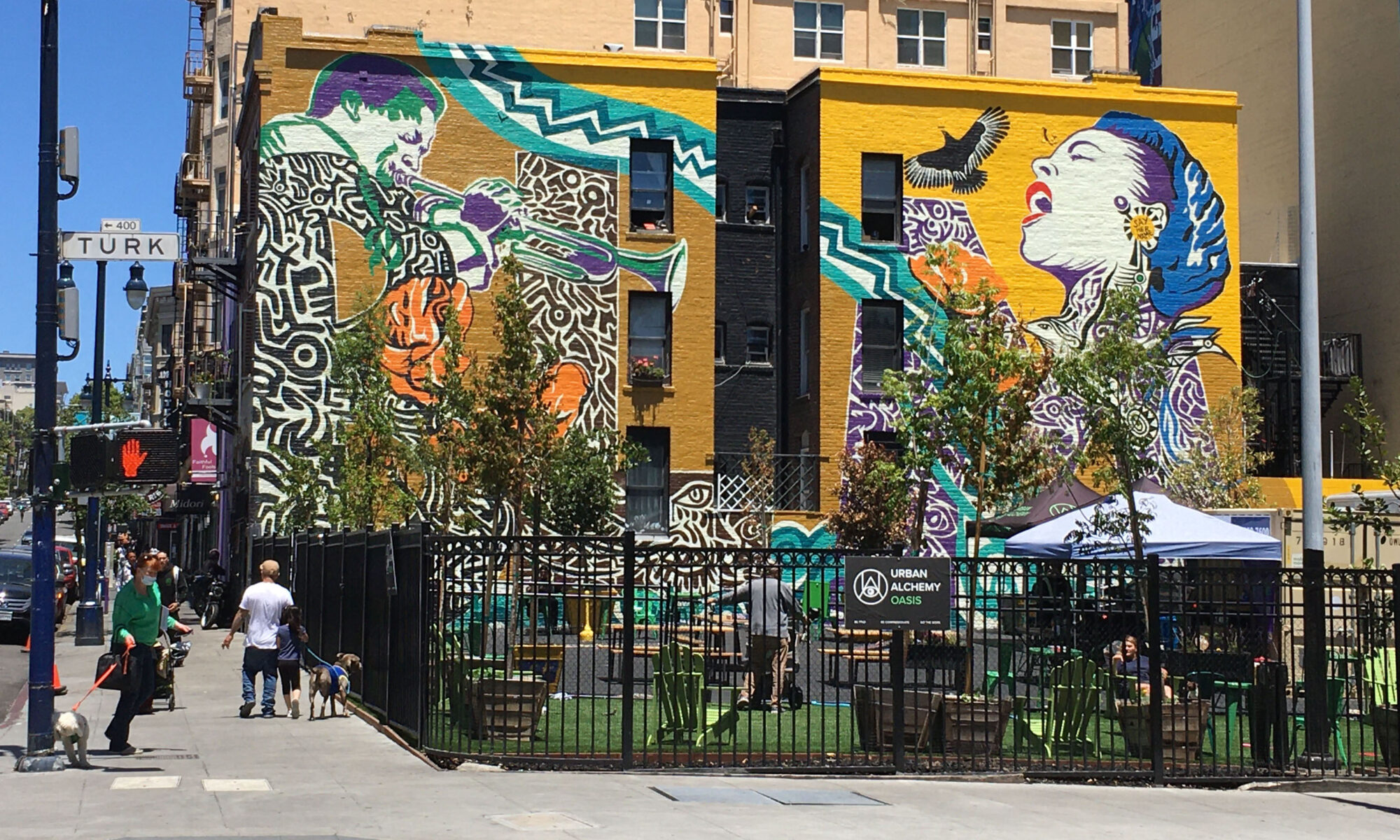Blanck Placard (1970) and Parades and Changes: Dressing / Undressing and Paper Dance (1965) are two of the most iconic creations of Anna Halprin, and will be happening in the Young Museum this Saturday 20 and Sunday 21, and it is an honor to participate in them.

Parades and Changes (1965–67 and revivals)
Parades and Changes is always evolving; it is never performed in the same way. Although it includes distinct scores, which specify activities over time in space with people, these are not fixed; they simply tell people what to do, not how to do it. Certain scores may be dropped or new ones added to fit the demands of a particular performance environment or social situation. One of the best-known scores involves dressing and undressing, revealing how an ordinary task can become a dance when it is done with awareness by the performer. When the piece premiered in Sweden in 1965, this revolutionary use of nudity onstage was seen as a “ceremony of trust,” but two years later, in New York City, it led to a warrant for Anna’s arrest.


Blank Placard Dance (1970 and revivals)
At a time of multiple protests against the Vietnam War and social injustices, Anna invited people on the street to voice their concerns. A group of white-clad performers marched down city streets carrying blank placards, and taking care to keep 10 feet apart to avoid the need for a permit. When asked, “What are you protesting?” the performers inquired, “What do you want to protest?” and collected the answers. After writing the responses on the placards, they walked back, bearing the spectators’ messages. This piece has been reenacted several times, including the performance What Matters to Us in 2015 in San Francisco’s diverse Mission District, home to many colorful murals addressing cultural and sociopolitical issues.
